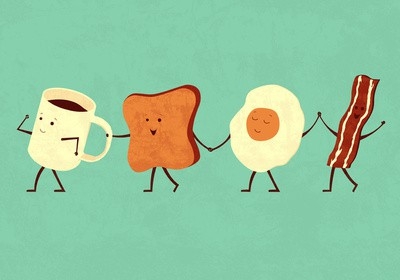Mahe Ramadan is the ninth month in the Islamic calendar. During the whole month, faithful observers of Islam fast from sunrise (Sahour) to sunset (Iftar). During the fast, no food or drink is consumed, and thoughts must be kept pure. Followers of Islam believe that fasting helps the Muslim learn patience, modesty, and spirituality. Mahe Ramadan is not just about fasting but also about overcoming their temptation for food and all other wrong desires. Apart from physical health, Mahe Ramadan is more about your spiritual well being.
During meal times in Mahe Ramadan, Muslim families will typically gather round to enjoy a rich spread. After all, there is no better way to mark the start or end of fasting than with your favorite savory foods. Or is there?
When deciding what to eat during Mahe Ramadan, remember that Iftar and Suhoor help sustain your fast the following day, so consuming the right food is important.
Consuming wrong kind of food, will only make you feel heavy and bloated and not provide you with the essential nutrients required during this period.
Here is a list of foods that one can consume for the entire month, it is absolutely general and for healthy individuals.
Please Comment below if you have any further questions.
This Balanced meal plan will help maintain your energy levels and also provide you with the necessary calories, proteins, fats, vitamins & minerals required.
Things to be kept in Mind this Mahe Ramadan :
- Do not over consume or in excess anything.
- Avoid oily, fried items.
- Avoid outside food or any Junk food in suhoor, iftaar or anytime during Ramadan. Consume homemade food.
- Increase your Water intake, and if dehydrated add electrolytes to it.
- Restrict consuming carbonated beverages, sodas, colas or any sugary drink during Ramadan.
- Restrict packed and processed food items as it contains more sodium, which will trigger more thirst.
- Don't drink large amounts of water at iftaar time. Take sips at iftaar then a glass of water after every 1-2 hours gap.
- Consume more of whole carbohydrates like whole cereals, good quality protein like chicken, fish, eggs or pulse & cereal combination and whole vegetables and fruits for fibre, vitamins and minerals.
- Avoid Exercising immediately after iftaar. Exercise after 2 hours of eating.
- Remember Fasting is about controlling your temptations.





















